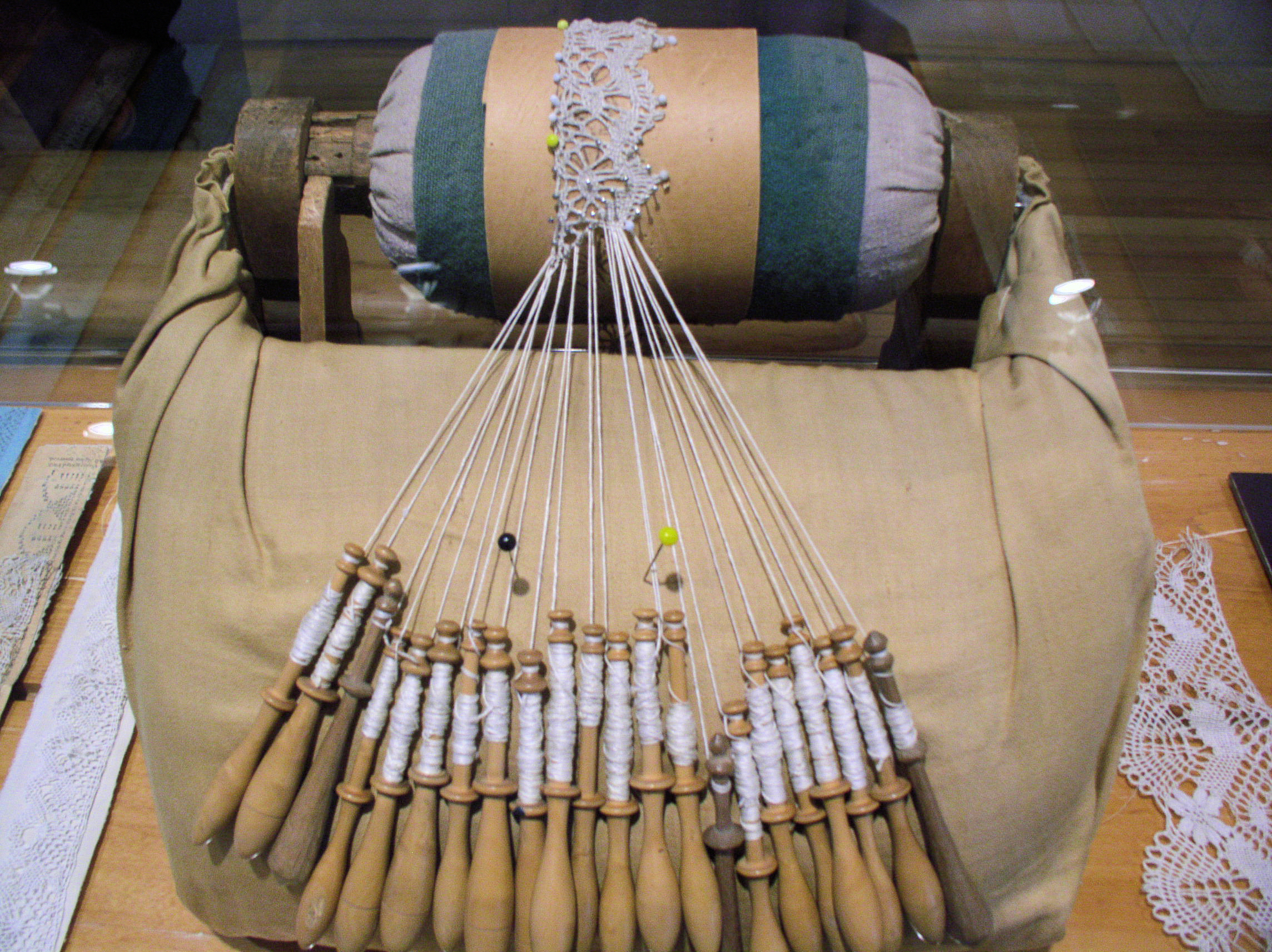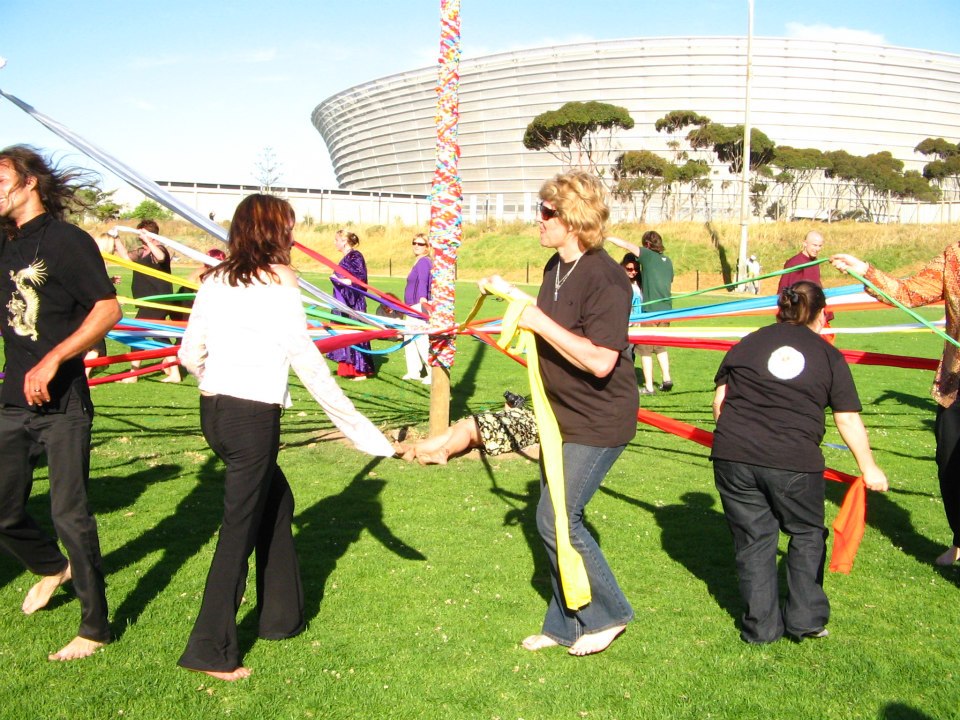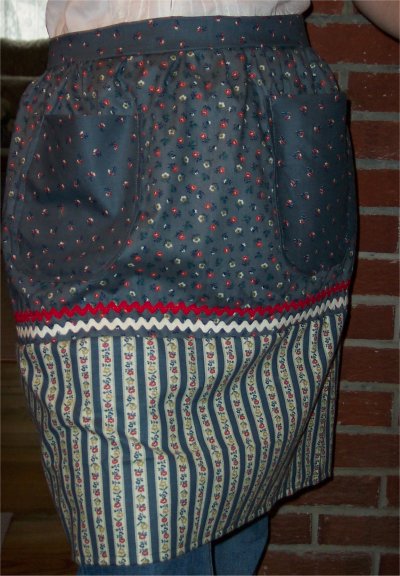|
Barmen Lace Machine
The Barmen lace machine makes perfect copies of torchon lace and the simpler hand-made bobbin lace. Its bobbins imitate the movements of the bobbins of the hand-made lace maker. History The Barmen machine was developed in the 1890s in the Prussian city of Barmen, now part of Wuppertal Wuppertal (; ) is a city in North Rhine-Westphalia, in western Germany, with a population of 355,000. Wuppertal is the seventh-largest city in North Rhine-Westphalia and List of cities in Germany by population, 17th-largest in Germany. It ..., Germany, from a braiding machine. The Barmen laces were derived from solid braids later pieced with openwork. Design of machine The Barmen machine has its spindles arranged in a circle, each one carrying a large bobbin of thread. These can pass each other, so their threads twine together in a complex way. The threads run towards the centre, where the finished lace appears, rising upwards. The machine can only make one width at a time, and has ... [...More Info...] [...Related Items...] OR: [Wikipedia] [Google] [Baidu] |
Barmen Lace
Barmen is a former industrial metropolis of the region of Bergisches Land, Germany, which merged with four other towns in 1929 to form the city of Wuppertal. Barmen, together with the neighbouring town of Elberfeld founded the first electric suspended monorail tramway system, the Schwebebahn ''floating tram''. History Barmen was a pioneering centre for both the early Industrial Revolution on the European mainland, and for the socialist movement and its theory. It was the location of one of the first concentration camps in Nazi Germany, KZ Wuppertal-Barmen, later better known as Kemna concentration camp. Oberbarmen (Upper Barmen) is the eastern part of Barmen, and Unterbarmen (Lower Barmen) the western part. One of its claims to fame is the fact that Friedrich Engels, co-author of ''The Communist Manifesto'', was born in Barmen. Another of its claims is the fact that Bayer AG was founded there by Friedrich Bayer and master dyer Johann Friedrich Weskott with the express pur ... [...More Info...] [...Related Items...] OR: [Wikipedia] [Google] [Baidu] |
Torchon Lace
Torchon lace (Dutch: stropkant) is a bobbin lace that was made all over Europe. It is continuous, with the pattern made at the same time as the ground. Typical basic stitches include whole stitch, half stitch, and twists, and common motifs include spiders and fans. Torchon lace was notable historically for being coarse and strong, as well as consisting of simple geometric patterns and straight lines. It did not use representational designs, for the most part. History The exact origins of Torchon style laces are unclear. Evidence from portraiture does indicate that a Torchon-like lace trim, with typical 45 degree angled ground and motifs outlined with heavier gimp threads, may presage the development of the lace now known as Torchon, as well as other laces sometimes called "peasant lace". Examples of the geometric style laces have been identified from the 17th century. The word is derived from the French term for "dishcloth", and may suggest that the lace was a more durable and ... [...More Info...] [...Related Items...] OR: [Wikipedia] [Google] [Baidu] |
Bobbin Lace
Bobbin lace is a lace textile made by braiding and twisting lengths of yarn, thread, which are wound on #Bobbins, bobbins to manage them. As the work progresses, the weaving is held in place with pins set in a lace pillow, the placement of the pins usually determined by a pattern or pricking pinned on the pillow. Bobbin lace is also known as pillow lace, because it was worked on a pillow, and bone lace, because early bobbins were made of bone or ivory. Bobbin lace is one of the two major categories of handmade laces, the other being needle lace, derived from earlier cutwork and reticella. Origin A will of 1493 by the Milanese House of Sforza, Sforza family mentions lace created with twelve bobbins. There are two books that represent the early known pattern descriptions for bobbin lace, ''Le Pompe'' from Venice and ''Nüw Modelbuch'' from Zürich. Other popular lace pattern books were produced by Isabella Parasole, which included patterns for reticella, needle lace and bobbin ... [...More Info...] [...Related Items...] OR: [Wikipedia] [Google] [Baidu] |
Bobbin
A bobbin or spool is a spindle or cylinder, with or without flanges, on which yarn, thread, wire, tape or film is wound. Bobbins are typically found in industrial textile machinery, as well as in sewing machines, fishing reels, tape measures, film rolls, cassette tapes, within electronic and electrical equipment, and for various other applications. Industrial textiles Bobbins are used in spinning, weaving, knitting, sewing, and lacemaking. In these practices, bobbins were invented to "manage the piles of thread and yarn that would be mechanically woven into cloth," which would have originally been wound through the use of human power, but which eventually became machine-driven. In these applications, bobbins provide storage, temporary and permanent, for yarn or thread. Historically, bobbins were made out of natural materials such as wood, or bone. While not in principle an invention of the Victorian era - bobbins in the production of textiles were in earlier use - th ... [...More Info...] [...Related Items...] OR: [Wikipedia] [Google] [Baidu] |
Barmen
Barmen is a former industrial metropolis of the region of Bergisches Land, Germany, which merged with four other towns in 1929 to form the city of Wuppertal. Barmen, together with the neighbouring town of Elberfeld founded the first electric suspended monorail tramway system, the Wuppertal Schwebebahn, Schwebebahn ''floating tram''. History Barmen was a pioneering centre for both the early Industrial Revolution on the European mainland, and for the socialist movement and its theory. It was the location of one of the first concentration camps in Nazi Germany, KZ Wuppertal-Barmen, later better known as Kemna concentration camp. Oberbarmen (Upper Barmen) is the eastern part of Barmen, and Unterbarmen (Lower Barmen) the western part. One of its claims to fame is the fact that Friedrich Engels, co-author of ''The Communist Manifesto'', was born in Barmen. Another of its claims is the fact that Bayer AG was founded there by Friedrich Bayer and master dyer Johann Friedrich Weskott ... [...More Info...] [...Related Items...] OR: [Wikipedia] [Google] [Baidu] |
Wuppertal
Wuppertal (; ) is a city in North Rhine-Westphalia, in western Germany, with a population of 355,000. Wuppertal is the seventh-largest city in North Rhine-Westphalia and List of cities in Germany by population, 17th-largest in Germany. It was founded in 1929 by the merger of Elberfeld, Barmen, Ronsdorf, Cronenberg, Wuppertal, Cronenberg and Vohwinkel Schwebebahn, Vohwinkel, and was initially called "Barmen-Elberfeld" before adopting its present name in 1930. It is the capital and largest city of the Bergisches Land. The city straddles the densely populated banks of the River Wupper, a tributary of the Rhine. Wuppertal is located between the Ruhr (Essen) to the north, Düsseldorf to the west, and Cologne to the southwest, and over time has grown together with Solingen, Remscheid and Hagen. The stretching of the city in a long band along the narrow Wupper Valley leads to a spatial impression of Wuppertal being larger than it actually is. The city is known for its steep slope ... [...More Info...] [...Related Items...] OR: [Wikipedia] [Google] [Baidu] |
Braiding Machine
A braiding machine is a device that interlaces three or more strands of yarn or wire to create a variety of materials, including rope, reinforced hose, covered power cords, and some types of lace. Braiding materials include natural and synthetic yarns, metal wires, leather tapes, and others. Process #Fibers are spun into yarn. #One or more yarns are twisted together to form a strand. #Strands are wound onto bobbins. #Bobbins are mounted on carriers. #Carriers are mounted onto a braiding machine, where the braiding takes place. Horn gear braider In a horn gear braider, bobbins of thread pass one another to the left and right on pseudo-sinusoidal tracks. The bobbins are mounted on spool carriers that are driven by a series of ''horn gears''. A horn gear is a notched disk driven by a spur gear below on the same shaft; bobbins are transferred between notches of adjacent gears. These gears lie below the track plate that the bobbin carriers ride on. The gears must be driven at multipl ... [...More Info...] [...Related Items...] OR: [Wikipedia] [Google] [Baidu] |
Barmen Torchon Machine
Barmen is a former industrial metropolis of the region of Bergisches Land, Germany, which merged with four other towns in 1929 to form the city of Wuppertal. Barmen, together with the neighbouring town of Elberfeld founded the first electric suspended monorail tramway system, the Schwebebahn ''floating tram''. History Barmen was a pioneering centre for both the early Industrial Revolution on the European mainland, and for the socialist movement and its theory. It was the location of one of the first concentration camps in Nazi Germany, KZ Wuppertal-Barmen, later better known as Kemna concentration camp. Oberbarmen (Upper Barmen) is the eastern part of Barmen, and Unterbarmen (Lower Barmen) the western part. One of its claims to fame is the fact that Friedrich Engels, co-author of ''The Communist Manifesto'', was born in Barmen. Another of its claims is the fact that Bayer AG was founded there by Friedrich Bayer and master dyer Johann Friedrich Weskott with the express pur ... [...More Info...] [...Related Items...] OR: [Wikipedia] [Google] [Baidu] |
Spindle (textiles)
A spindle is a straight spike, usually made from wood, used for spinning, twisting fibers such as wool, flax, hemp, and cotton into yarn. It is often weighted at either the bottom, middle, or top, commonly by a disc or spherical object called a whorl; many spindles, however, are weighted simply by thickening their shape towards the bottom, e.g. Orenburg and French spindles. The spindle may also have a hook, groove, or notch at the top to guide the yarn. Spindles come in many different sizes and weights depending on the thickness of the yarn one desires to spin. History The origin of the first wooden spindle is lost to history because the materials did not survive. Whorl-weighted spindles date back at least to Neolithic times; spindle whorls have been found in archaeological digs around the world. Possible remains of spindle whorls were found in a Natufian village at Nahal Ein Gev II archeological site, Israel, from 12000 years ago. A spindle is also part of traditional ... [...More Info...] [...Related Items...] OR: [Wikipedia] [Google] [Baidu] |
Rickrack
Rickrack (also ricrac and variants of both with a space or hyphen) is a flat piece of braided trim (sewing), trim, shaped like a zigzag. It is used as a decorative element in clothes or curtains. Before the prevalence of sewing machines and overlockers, rickrack was used to provide a finished edge to fabric, and its popularity was in part due to its sturdiness and ability to stand up to harsh washing conditions. Rickrack is produced using a variety of fibers, including cotton, polyester, wool, and metallic fibers, and is sold in a variety of sizes and colors. Invented in the mid-19th century, it took its modern form and current name around 1880. Rickrack's popularity peaked in the 1970s and is associated with the ''Little House on the Prairie (TV series), Little House on the Prairie''. Several designs of formal and up-market girls' dresses with it on as a decoration became popular in the 1950s and 1960s. Some modern sewing machine companies use the name "rickrack stitch" for a ... [...More Info...] [...Related Items...] OR: [Wikipedia] [Google] [Baidu] |
Woven Fabrics
Woven fabric is any textile formed by weaving. Woven fabrics, often created on a loom, are made of many threads woven in a warp and weft. Technically, a woven fabric is any fabric made by interlacing two or more threads at right angles to one another. Woven fabrics can be made of natural fibers, synthetic fibers, or a mixture of both, such as cotton and polyester. Woven fabrics are used for clothing, garments, decorations, furniture, carpets and other uses. Production process Yarn preparation Fibers are spun into yarns and prepared with specific properties tailored for either the warp (longitudinal yarns) or the weft (transverse yarns). Warping The warp yarns are arranged on a beam to prepare for weaving. The warp threads are held taut and parallel, and as such must be strong and durable. Weaving During weaving, the weft yarn passes over and under the warp yarns in various patterns. The primary types of weaves are plain weave, Twill, twill weave, and Satin, satin weave. ... [...More Info...] [...Related Items...] OR: [Wikipedia] [Google] [Baidu] |








